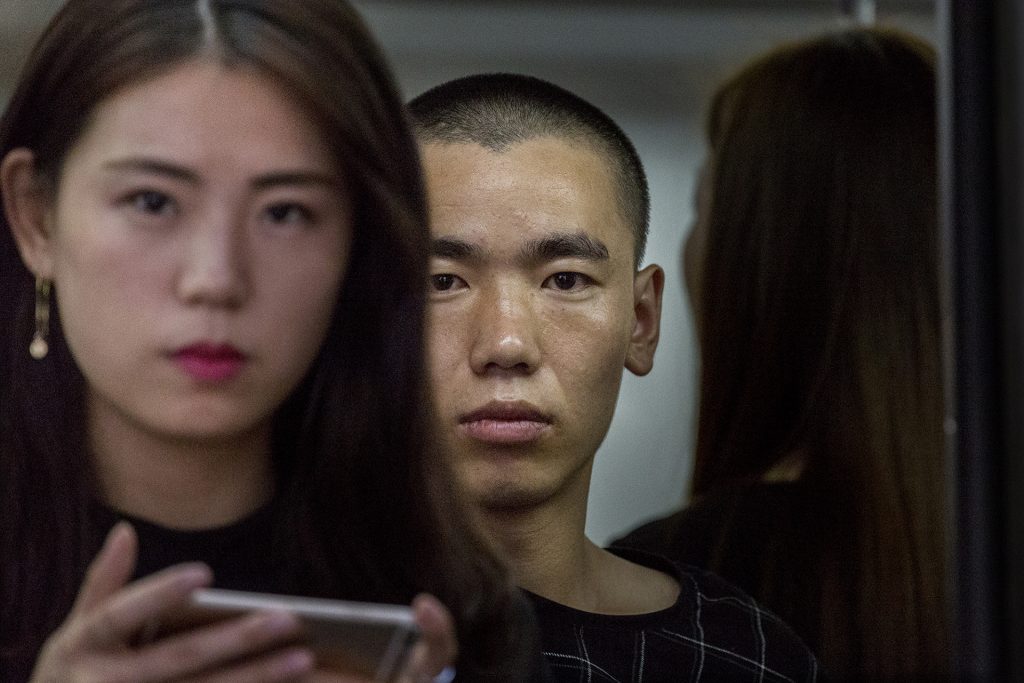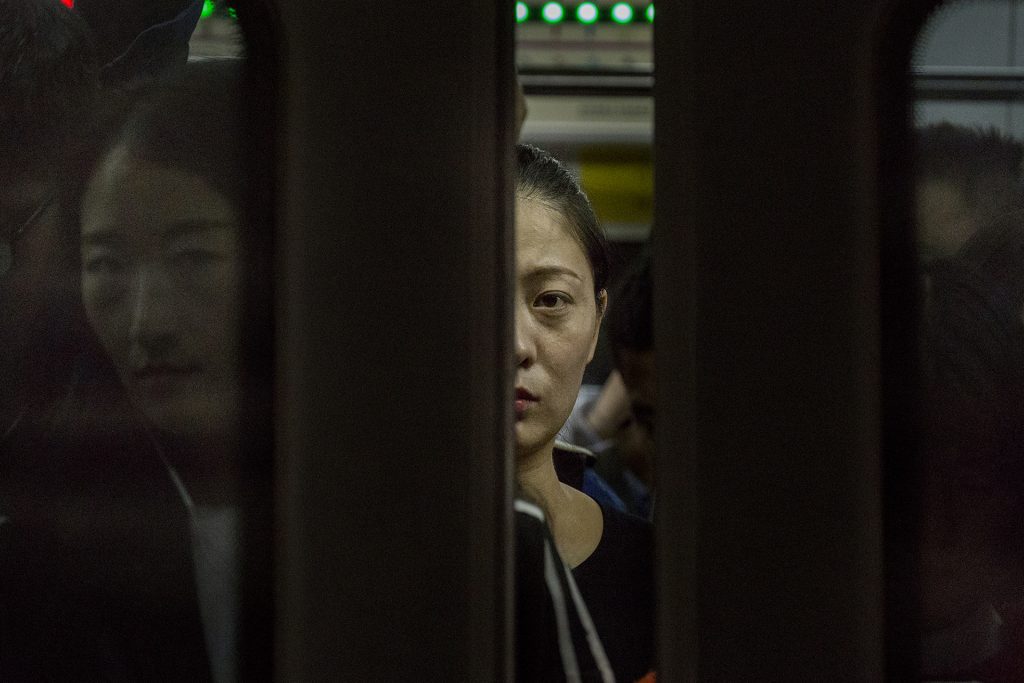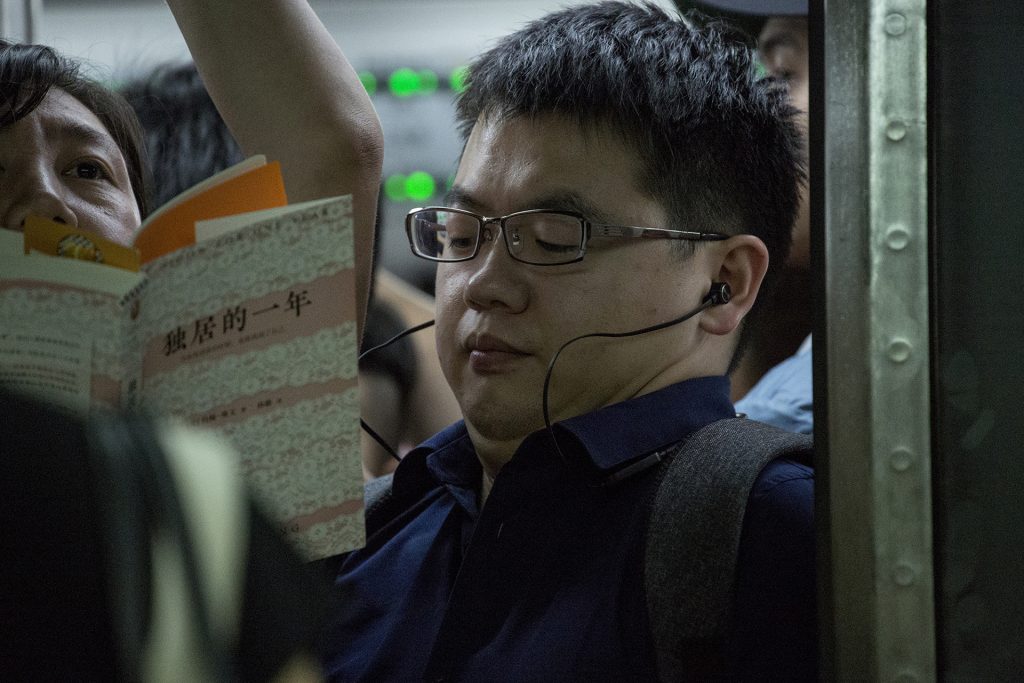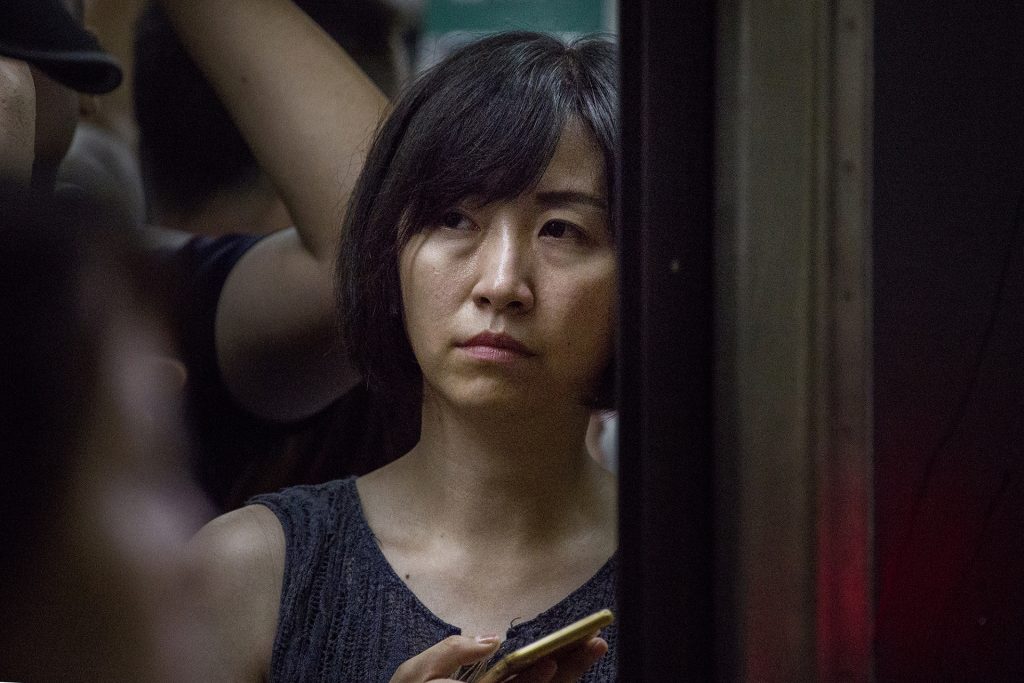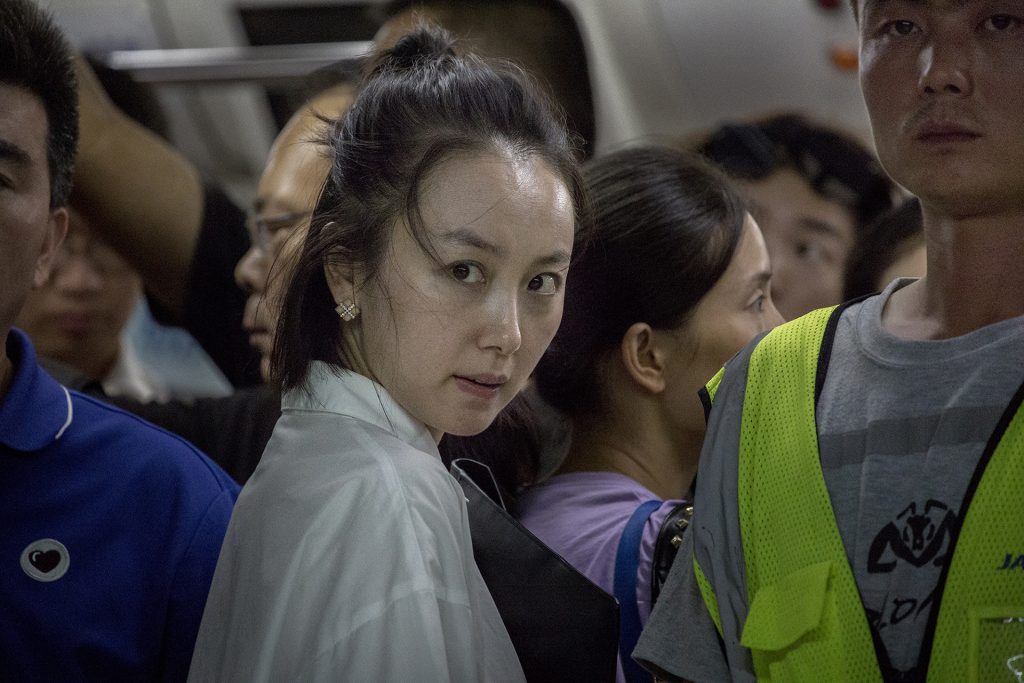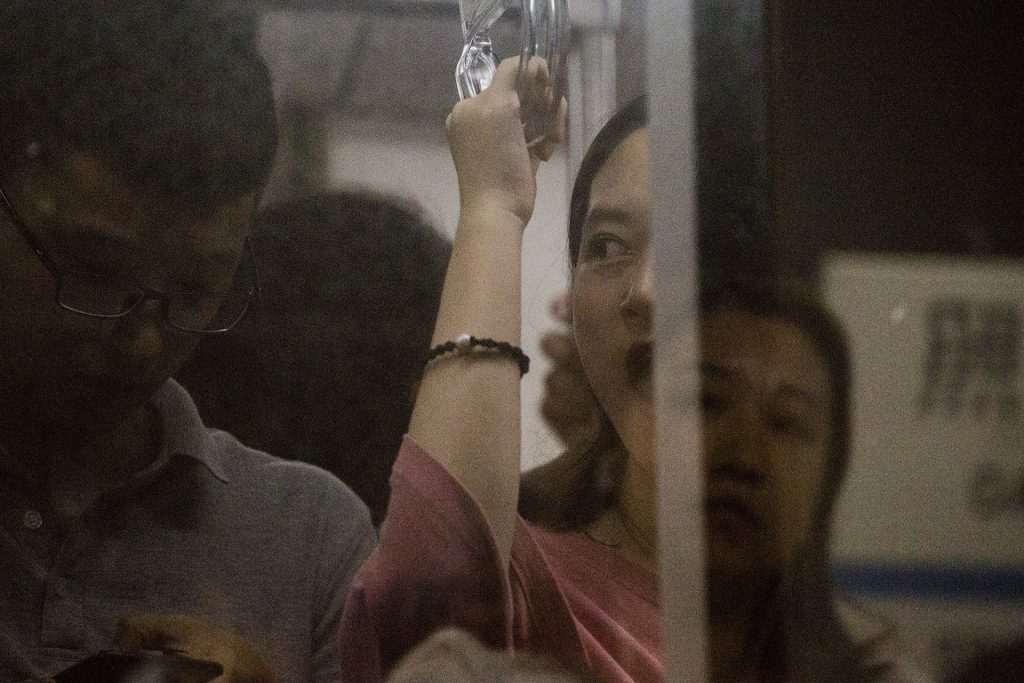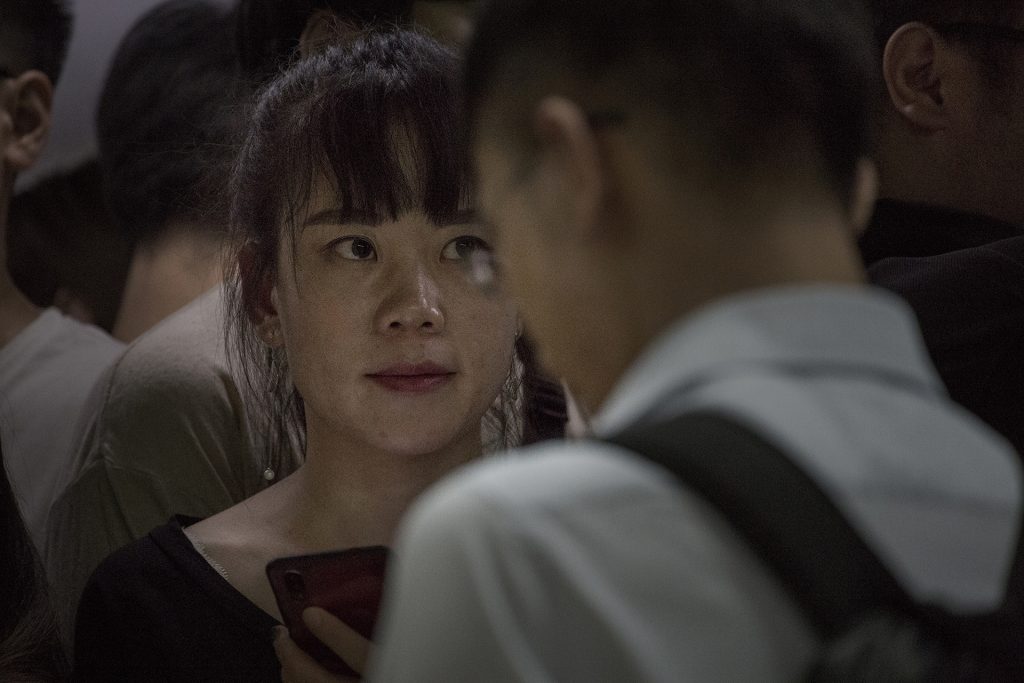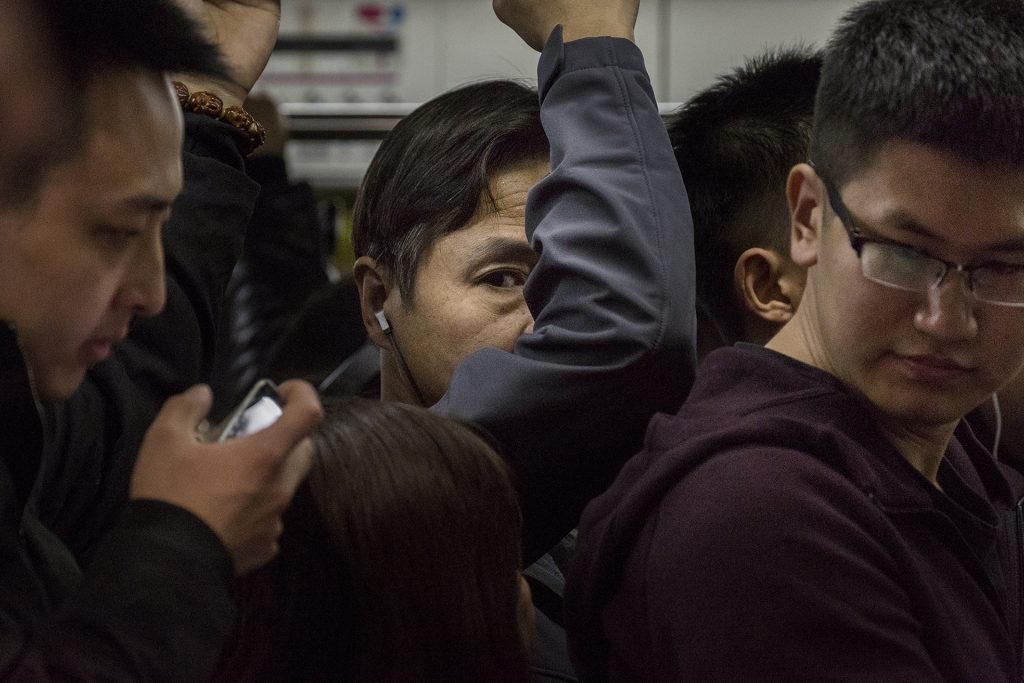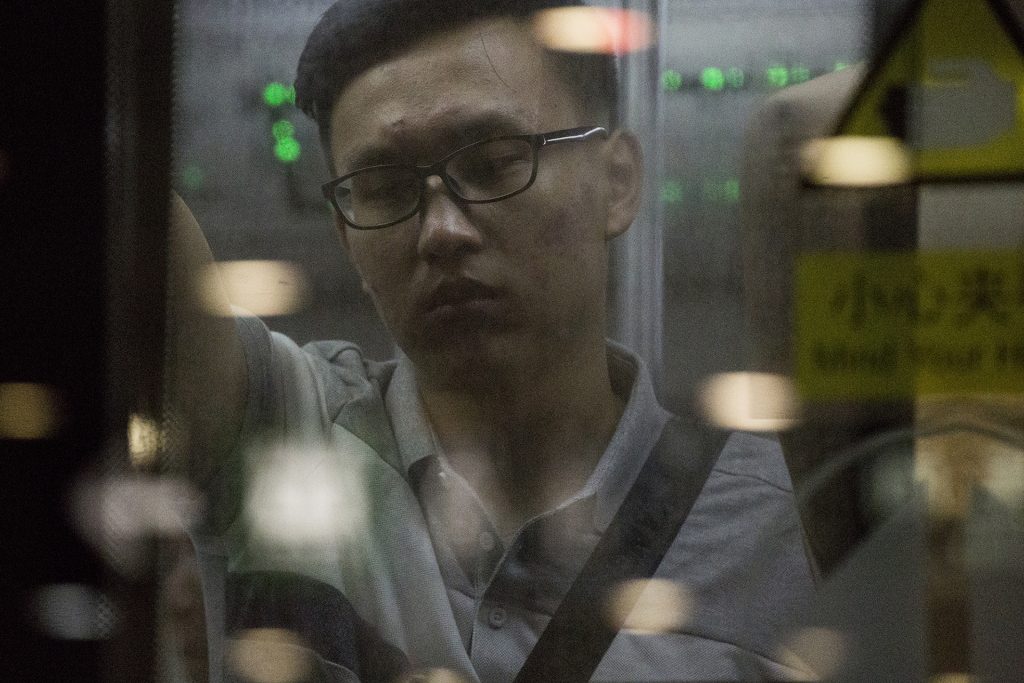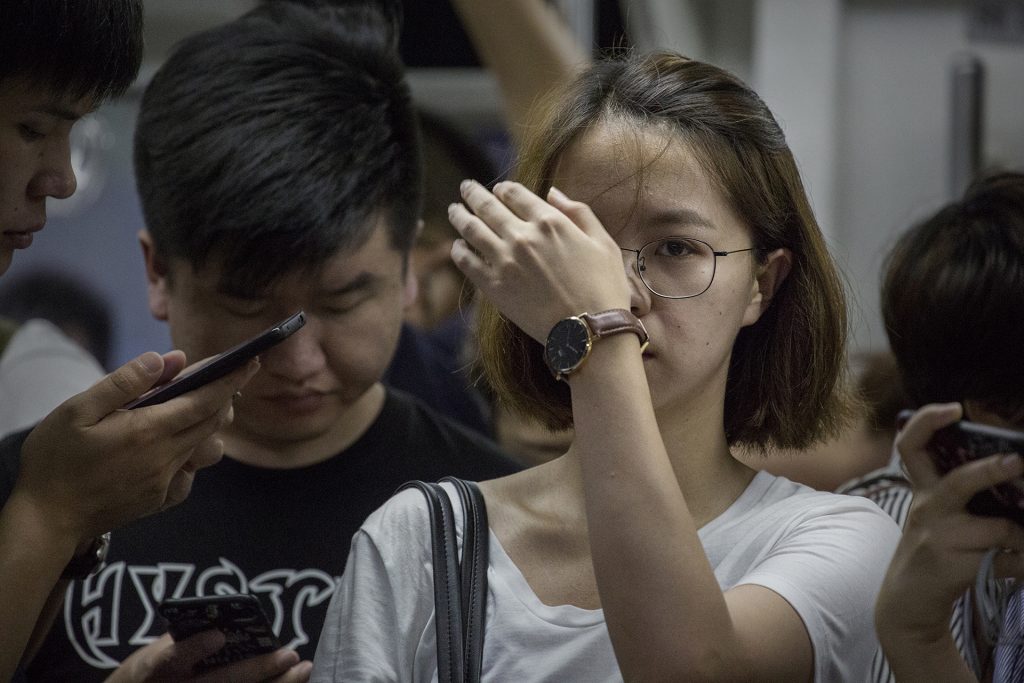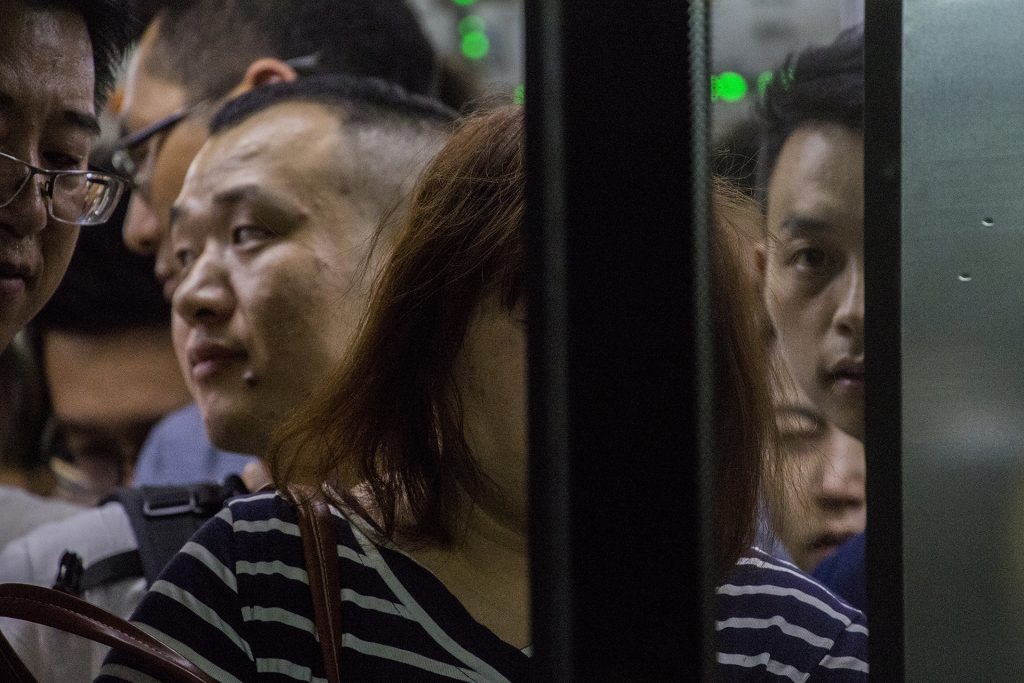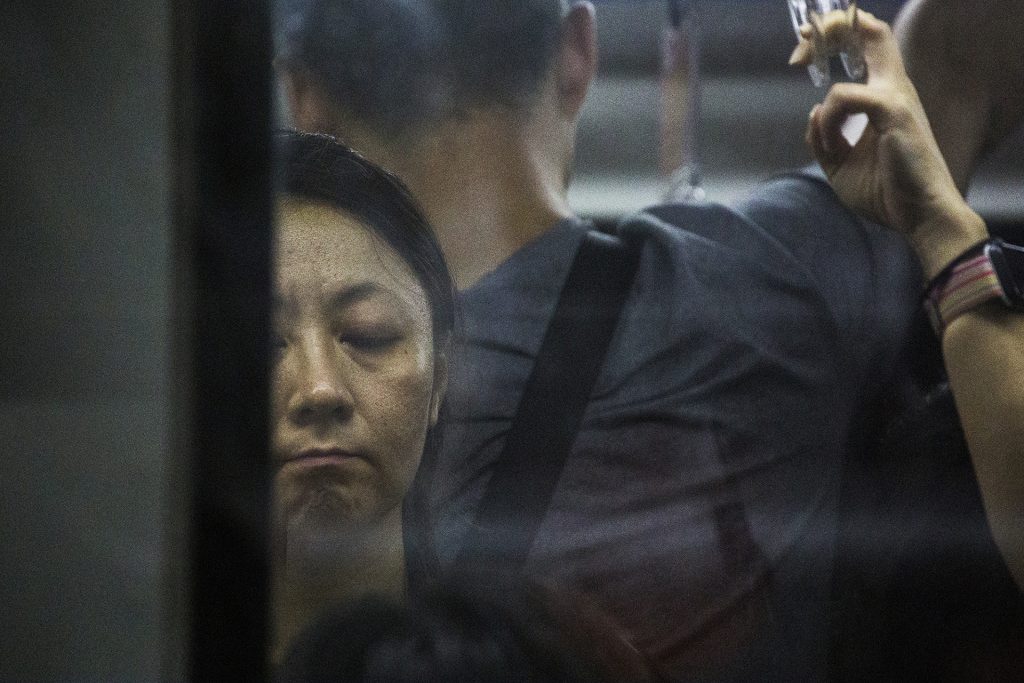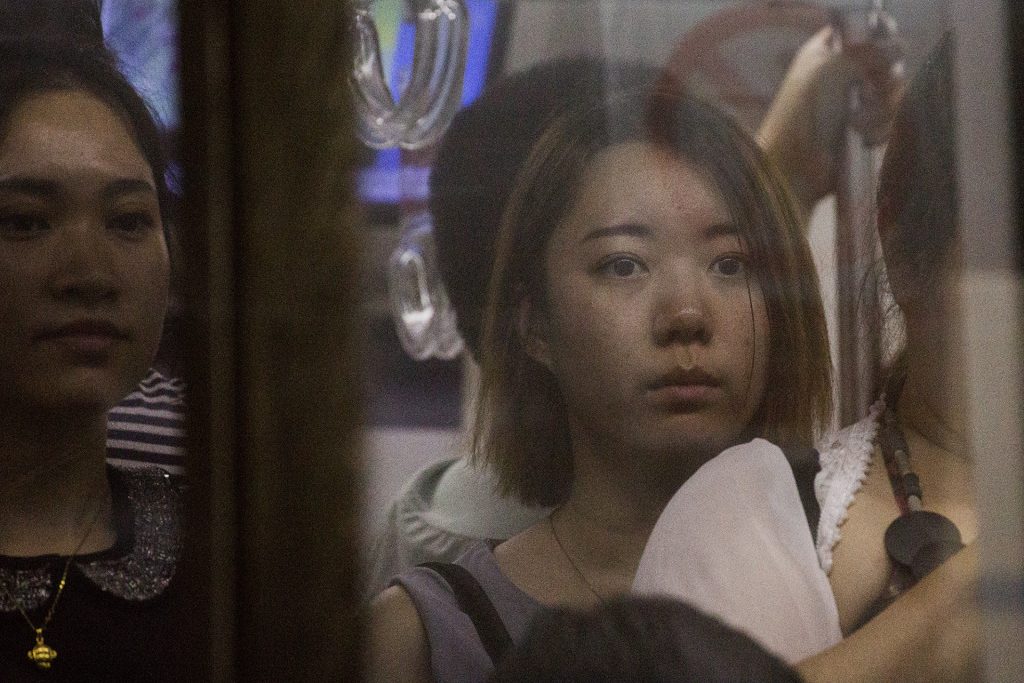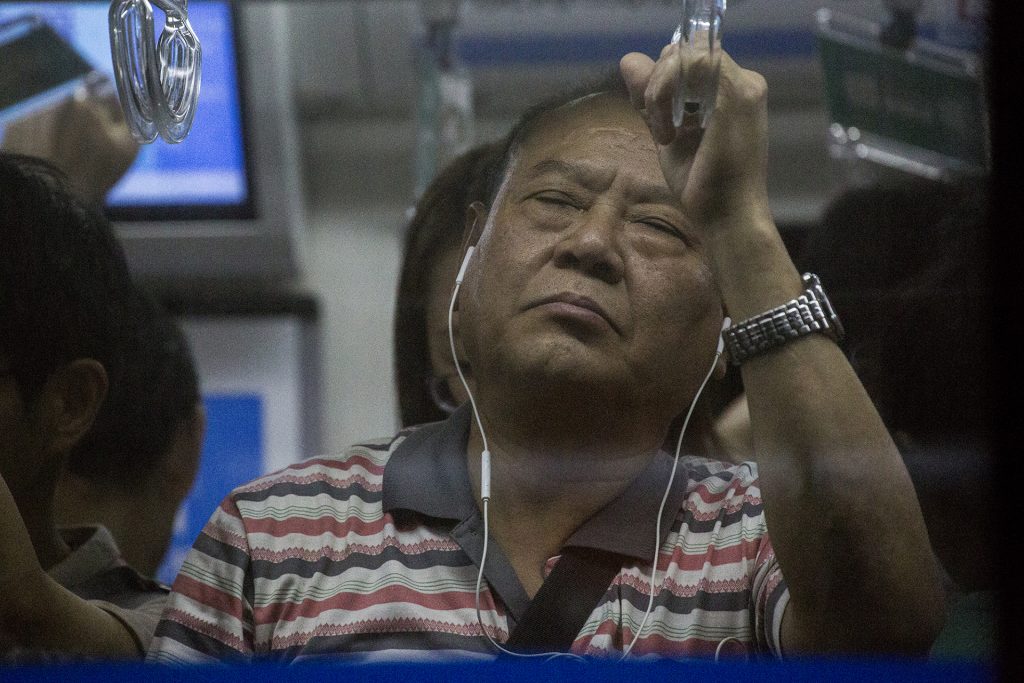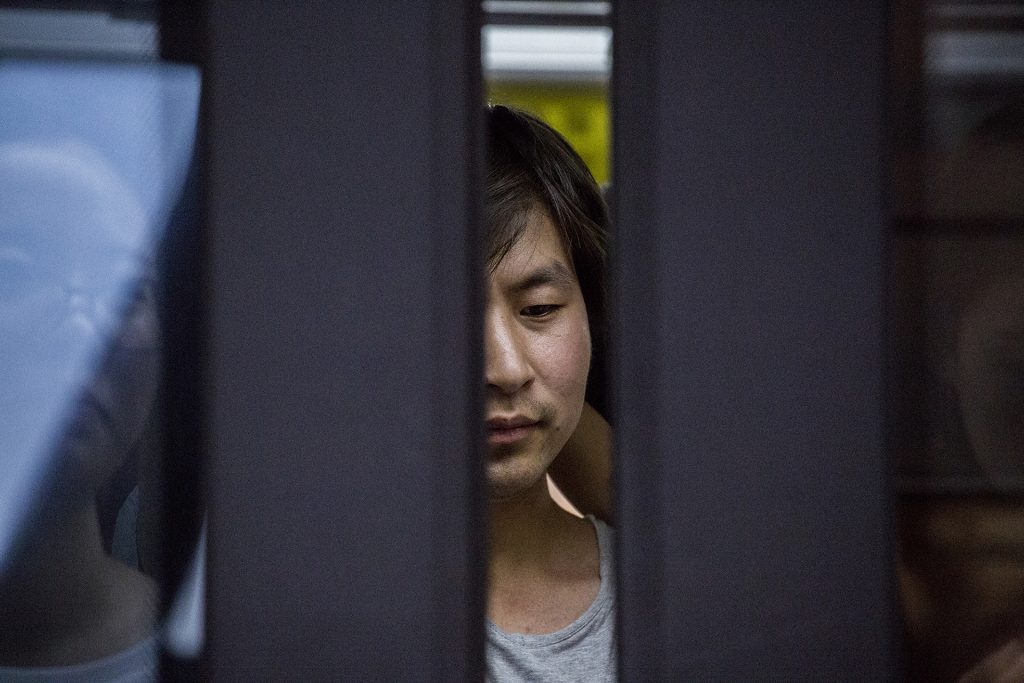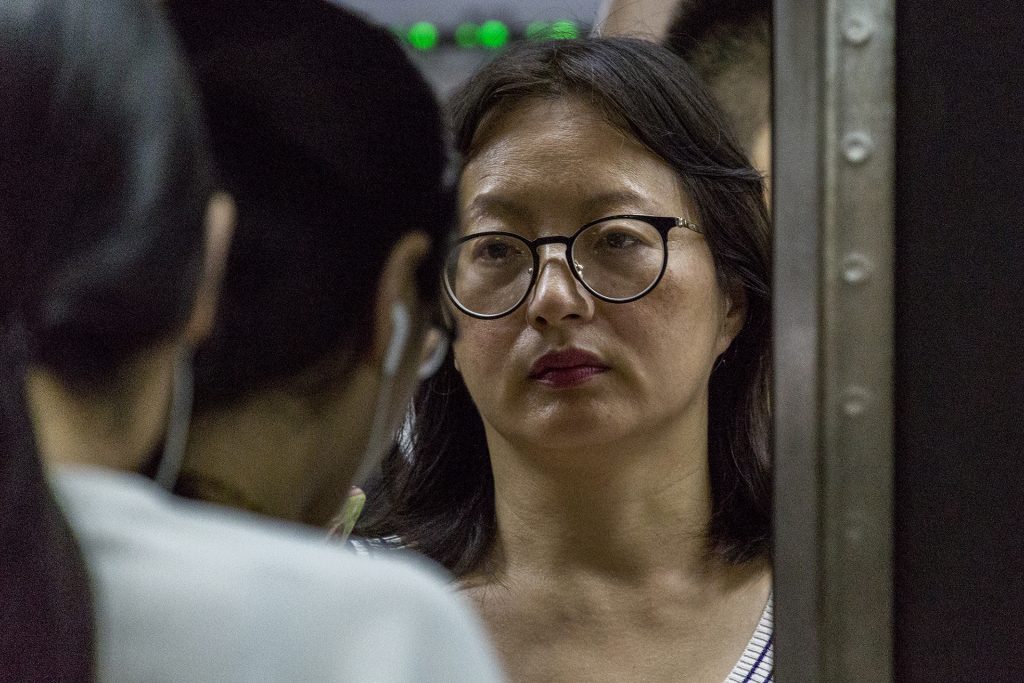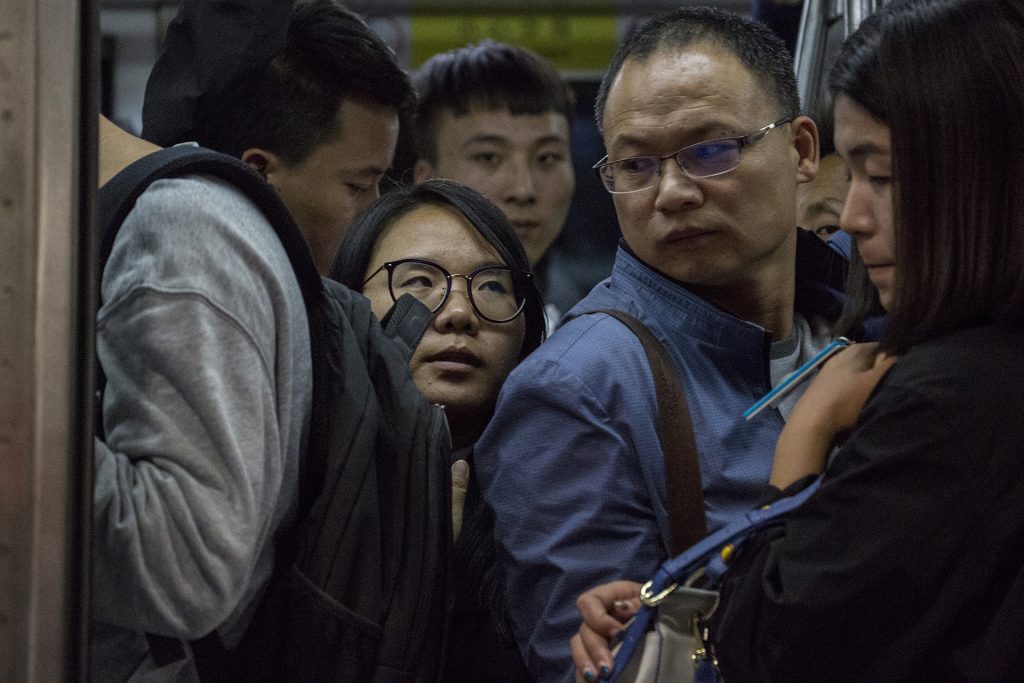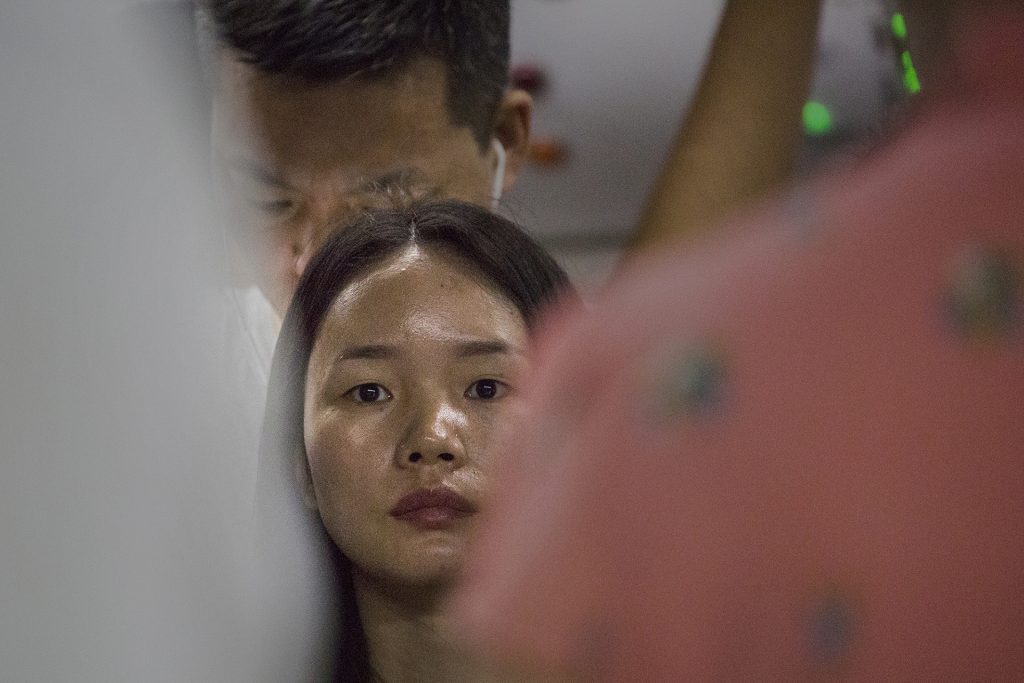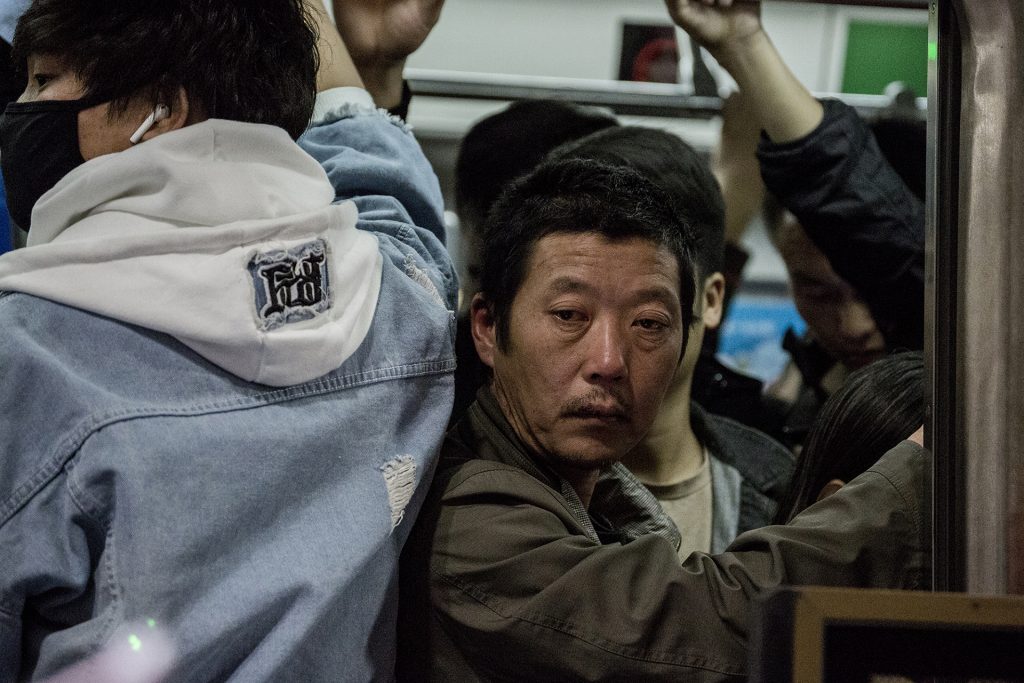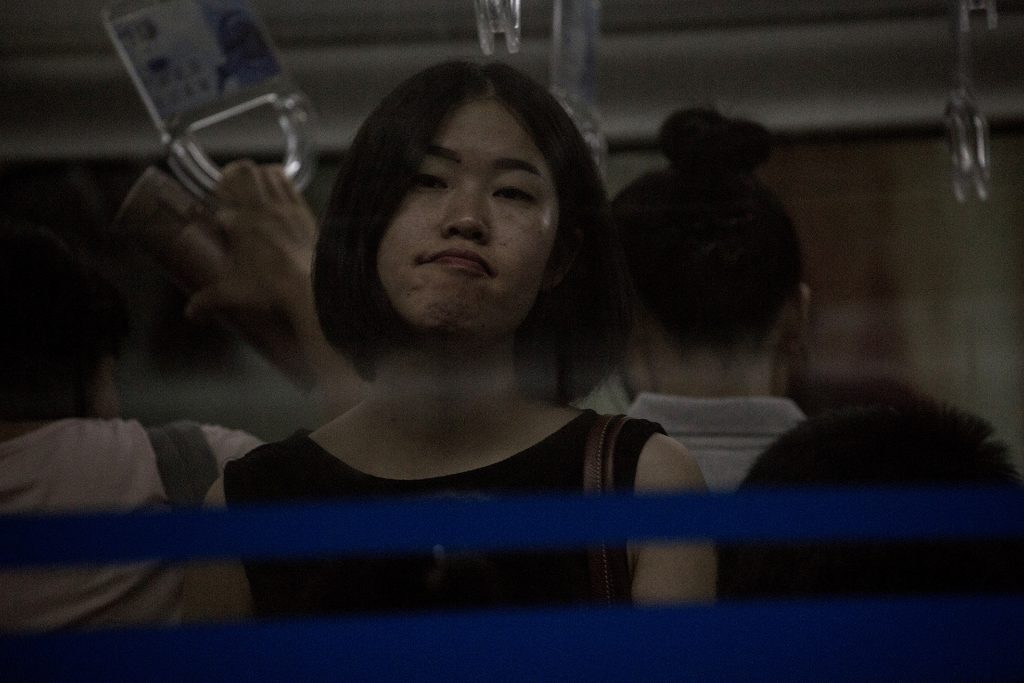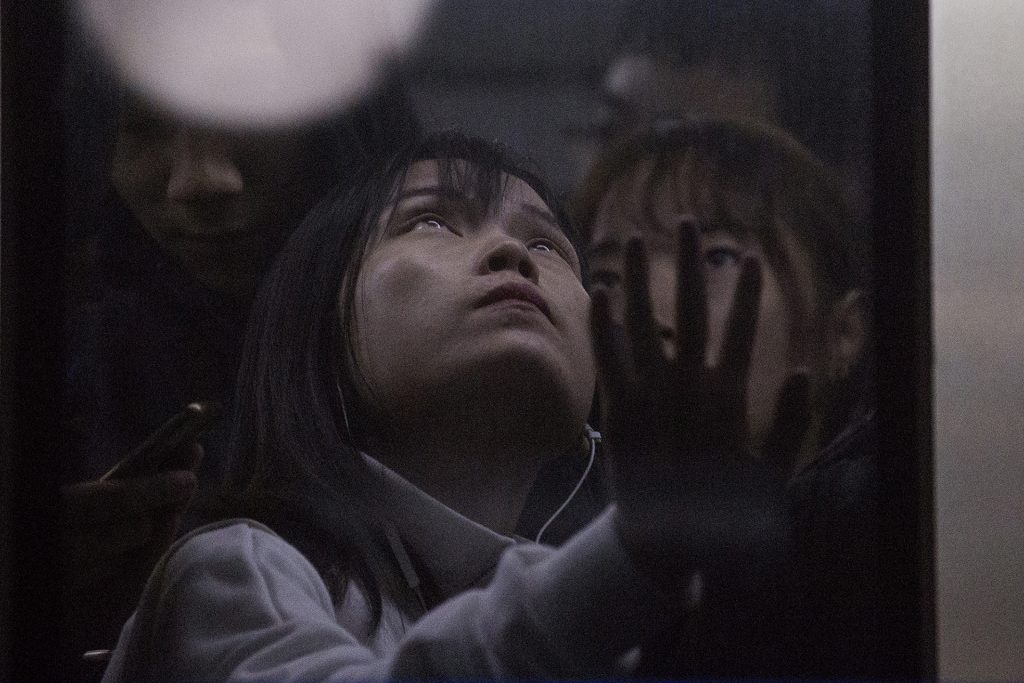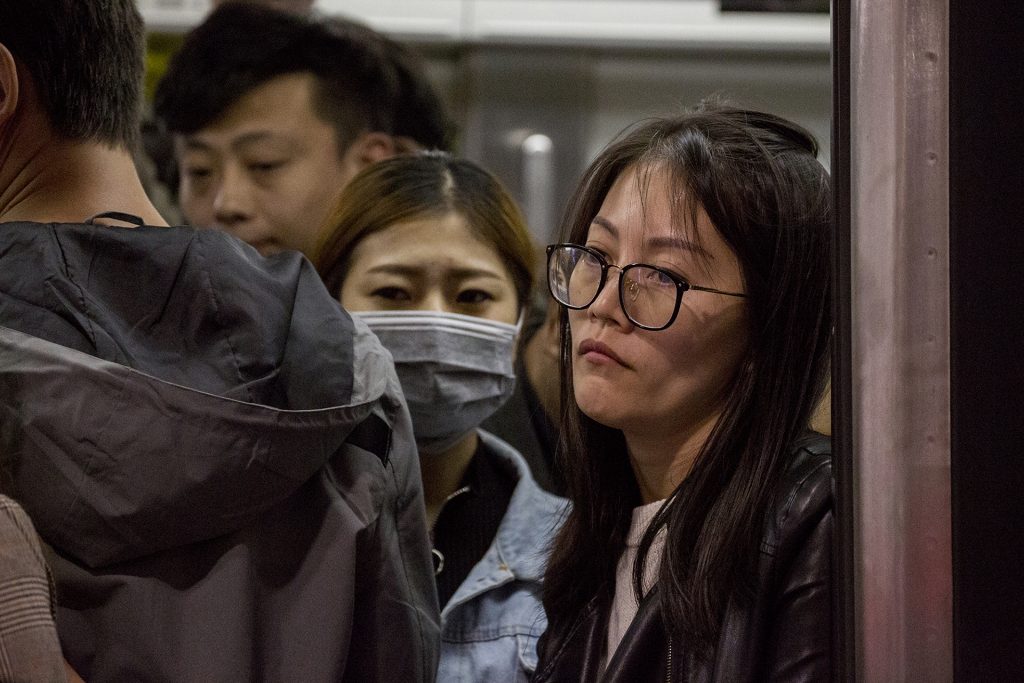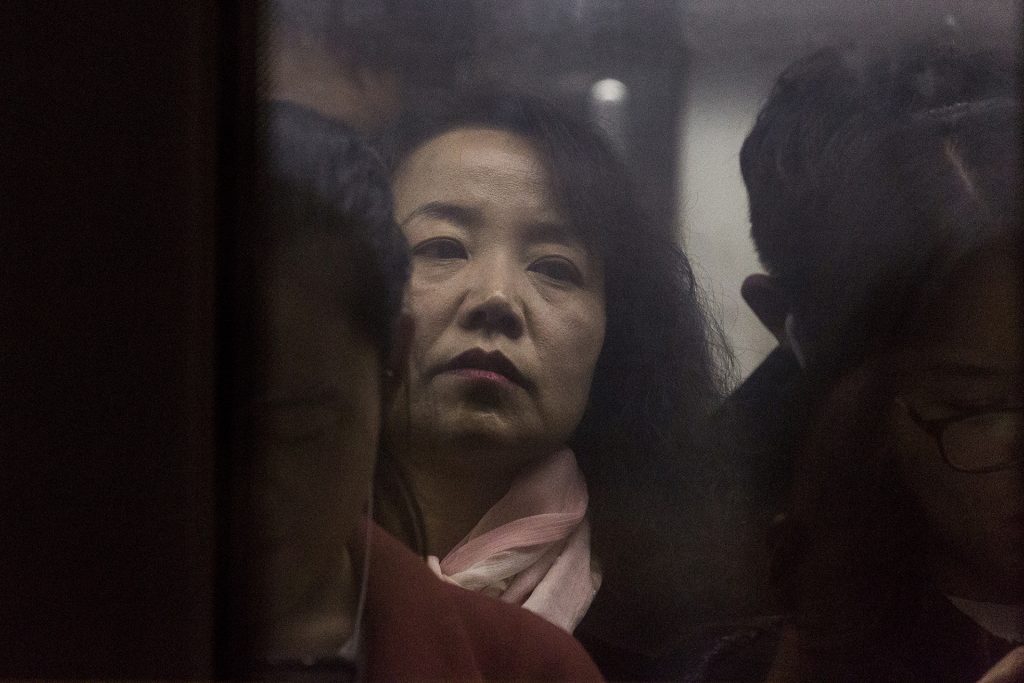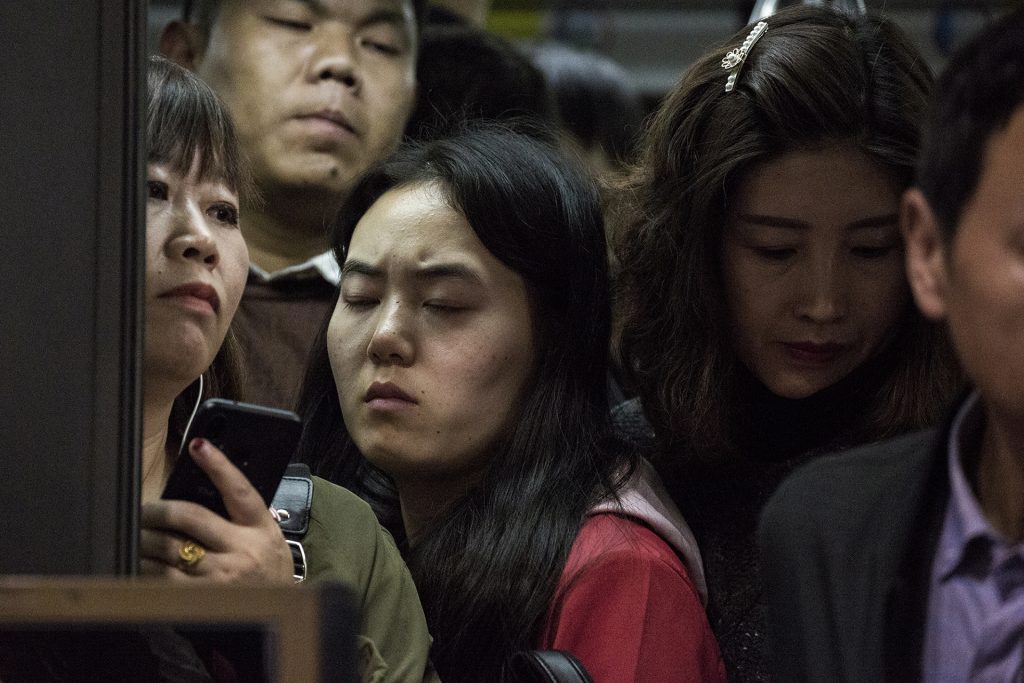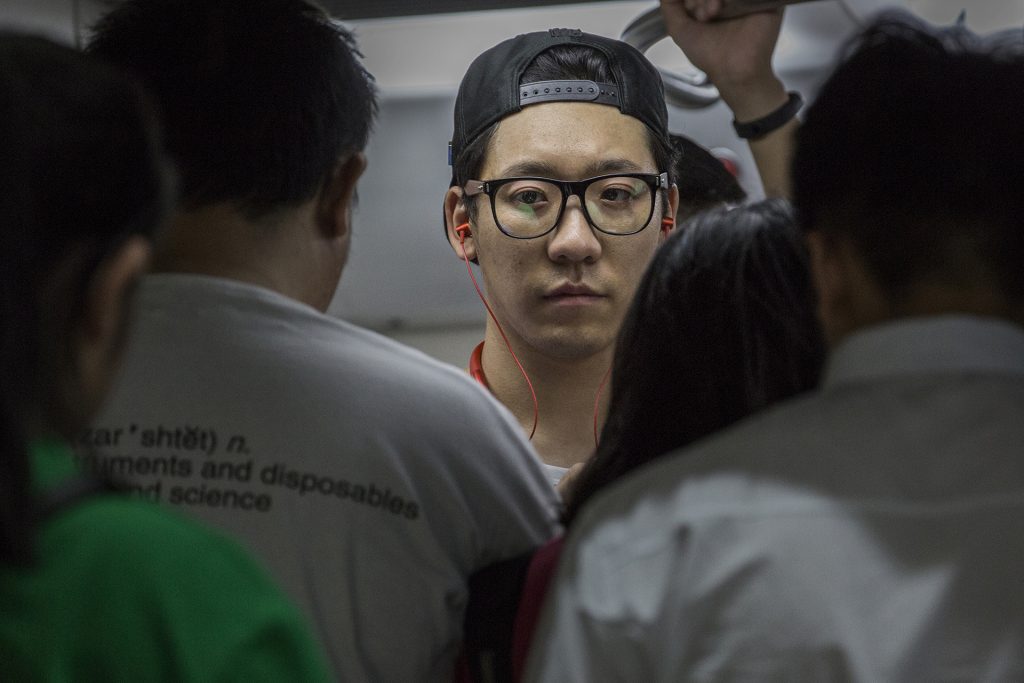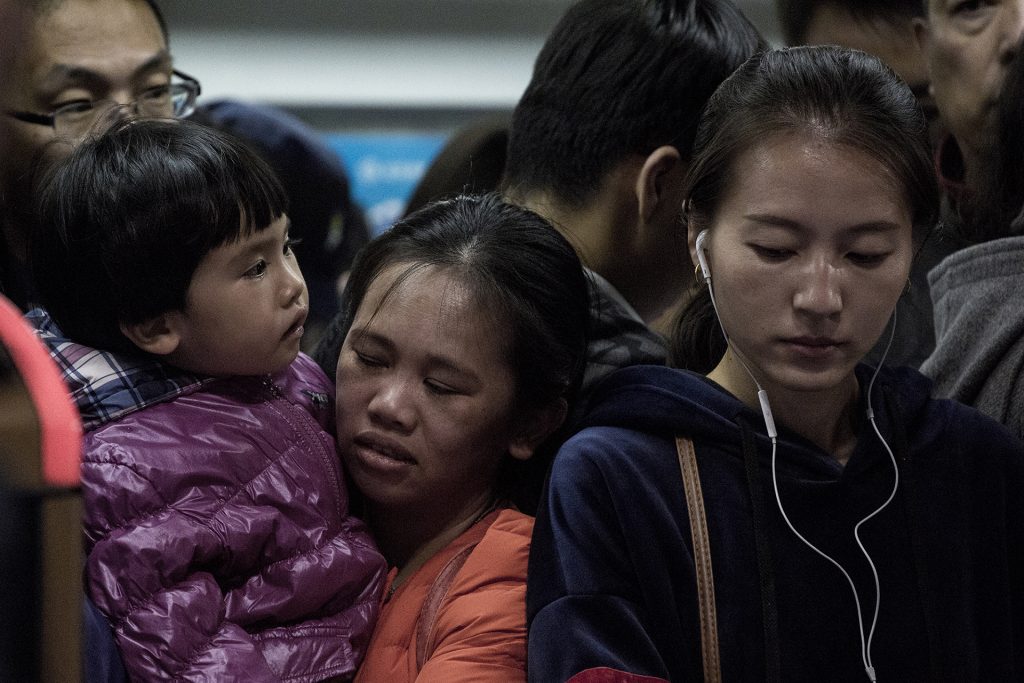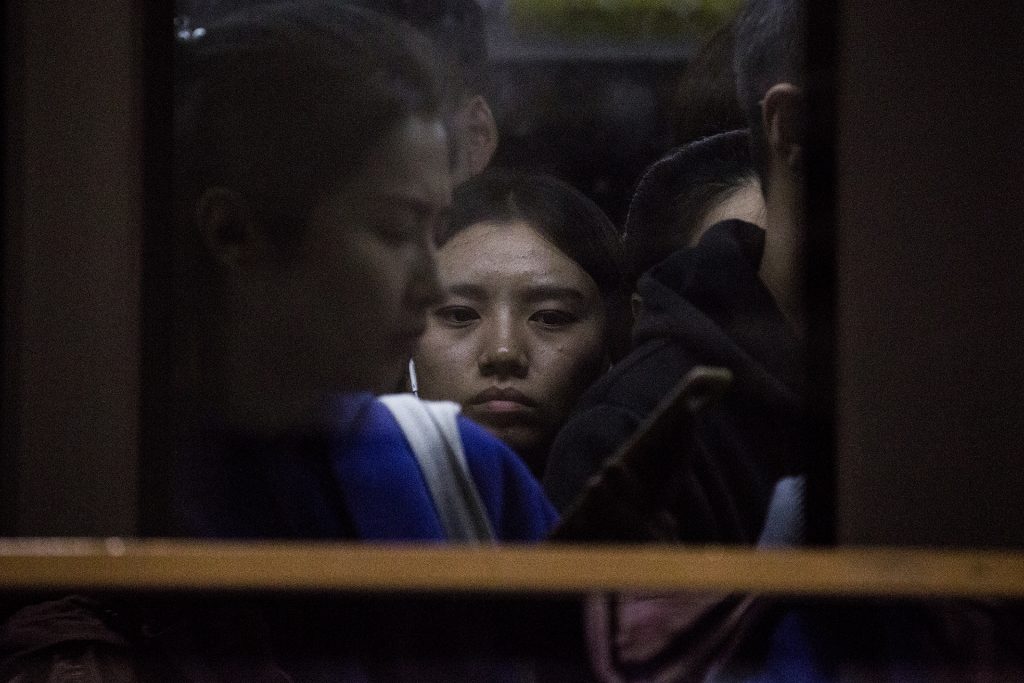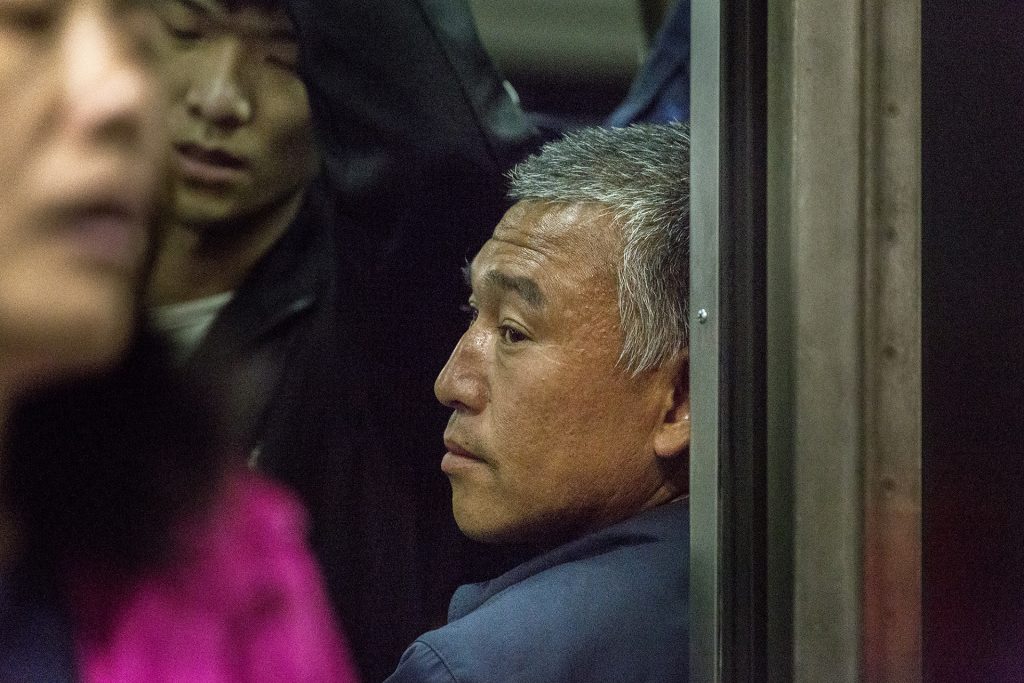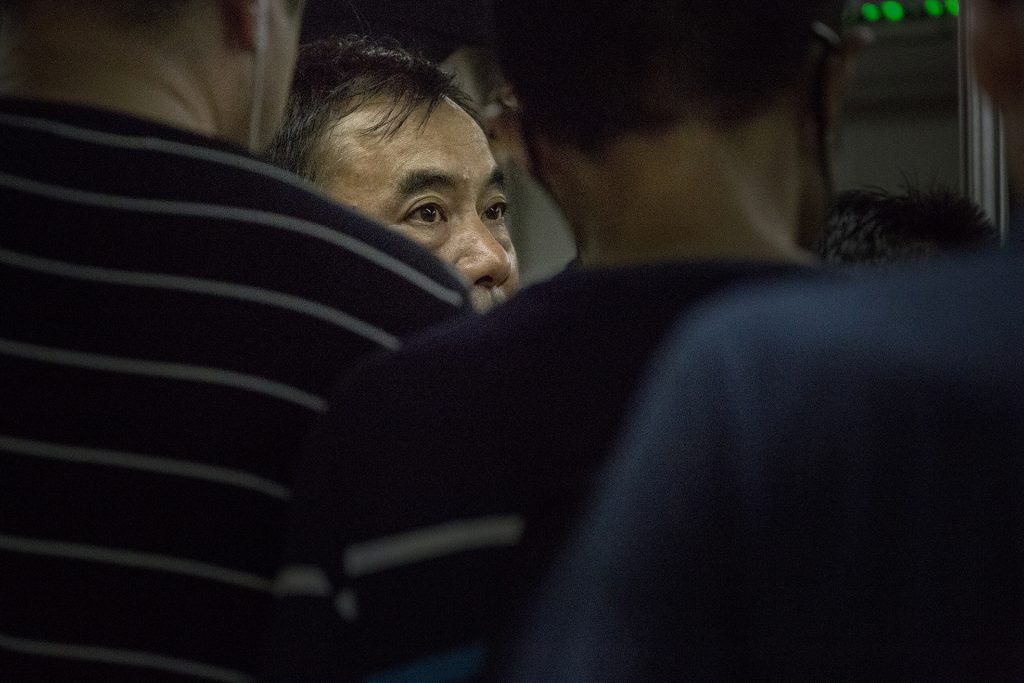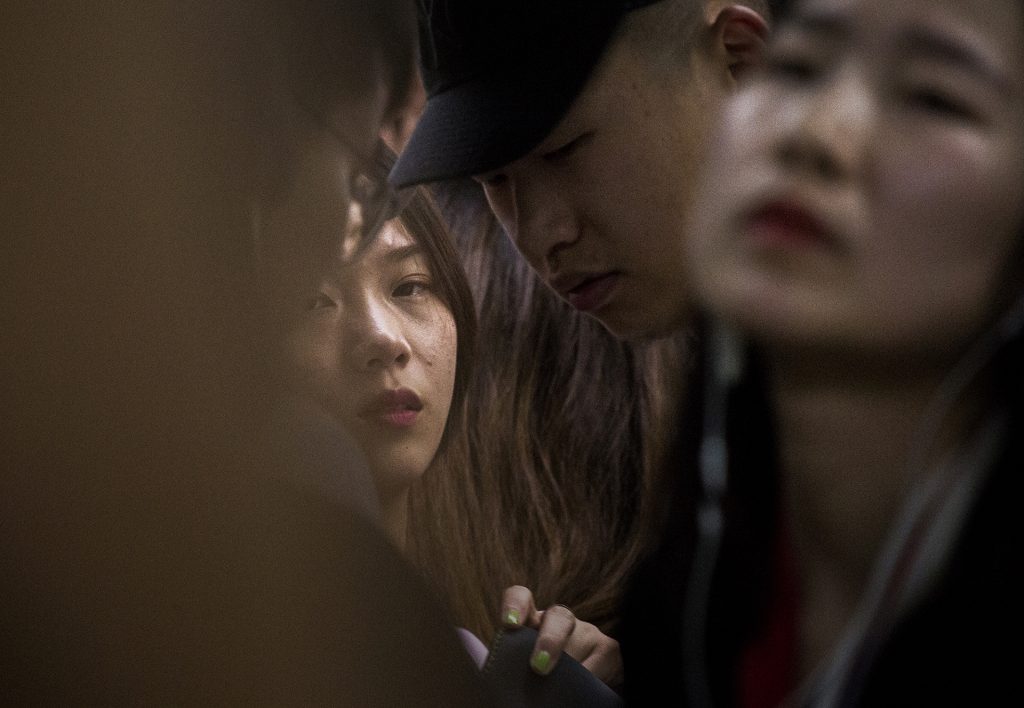《Next Stop, Dream》
The photographer has presented us the other side of modern life in big cities. The images of commuters on the subway during the rush hours undesignedly accomplish frames of a silent film.
Unlike the traditional photography portraits, her photo works are almost rebellious. She cruelly rips open the wound of people left by metropolitan life and brings the hidden side into light that are not easily seen by most people. The photos deconstruct the myth of “better city, better life”. They are a reflection and question of today’s rapid economic growth and dense urbanization, also a sympathy and doubt for the way people live.
摄影师燕苍娜给我们展现了当下大城市生活的另一面。人们在上下班高峰时期乘坐地铁时的状态,无意中成就了一帧帧无声电影画面。
燕苍娜用摄影的方式,给我们展现了另一种肖像。与传统的肖像拍摄方式不同,她的影像近乎离经叛道。她剥掉了人们平时的光鲜面纱,用人性来痛击我们曾经不可一世的嚣张。她残酷地为我们撕开了城市生活的伤口,展现了多数人很难看到的另一面。这些影像,也解构了一个神话:城市让生活更美好。这些影像,既是对当下社会城市飞速发展模式的一种思考与发问,也是对当下人们生活方式的同情和质疑。
《梦想前站》 燕苍娜
在北京,每天有1200万人次奔走于地铁之中。一早一晚,很多人通过地铁完成上下班的循环,车厢内这段时间思维是暂停的,只有目标站点,和过客般的流逝,构成工作与生活间的过渡与补白,嫣然一帧帧无声电影剧照。
Yan Cangna
In Beijing, 12 million people commute daily through the subway. Every morning and evening, many people go to and from work by subway. During this time in the train, thinking is suspended. During this time period, the target site and the passage of time like a passer-by constitute a transition and complement between work and life, which just likes silent movie stills.
